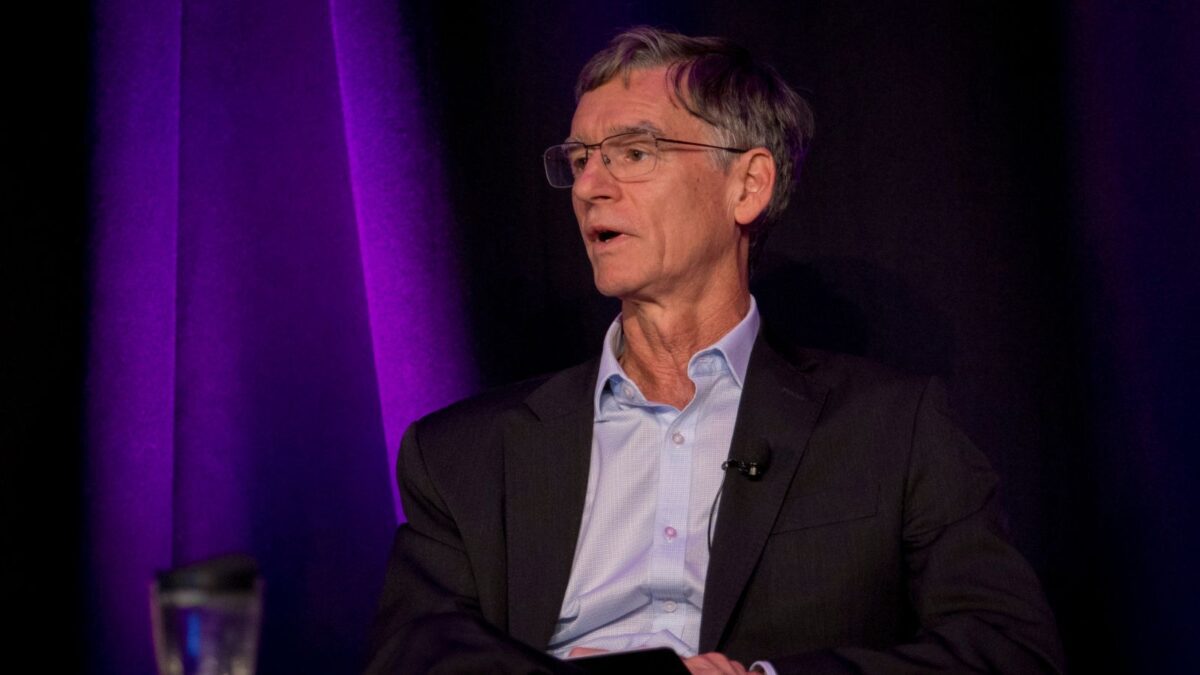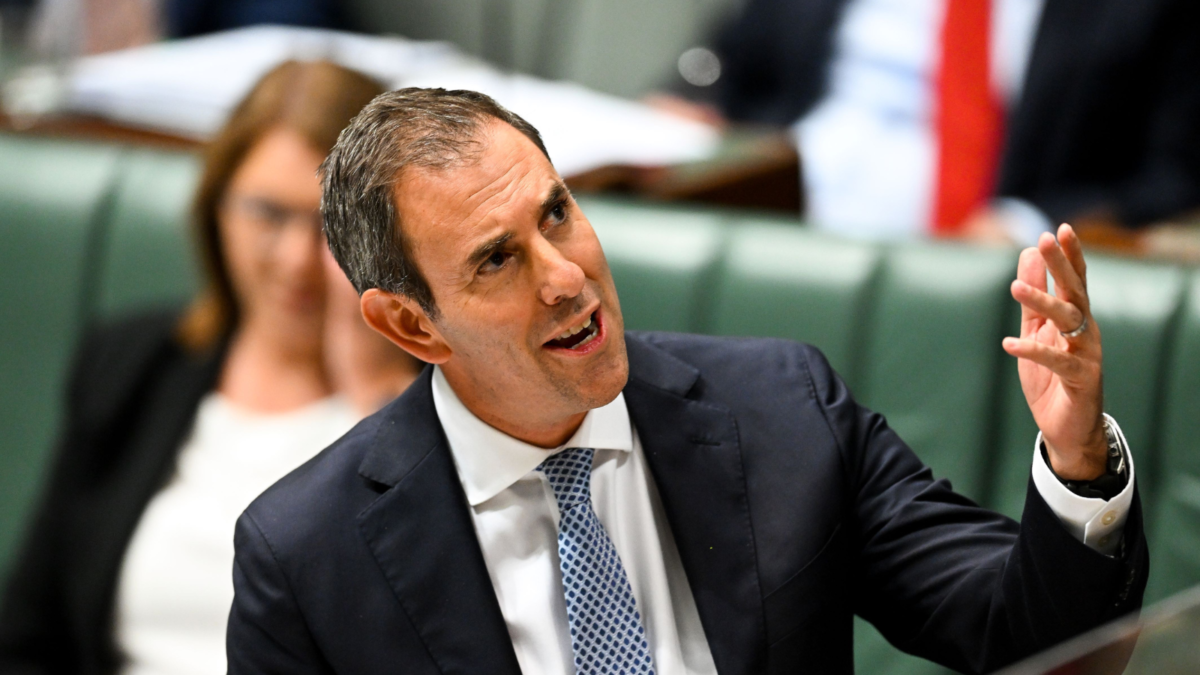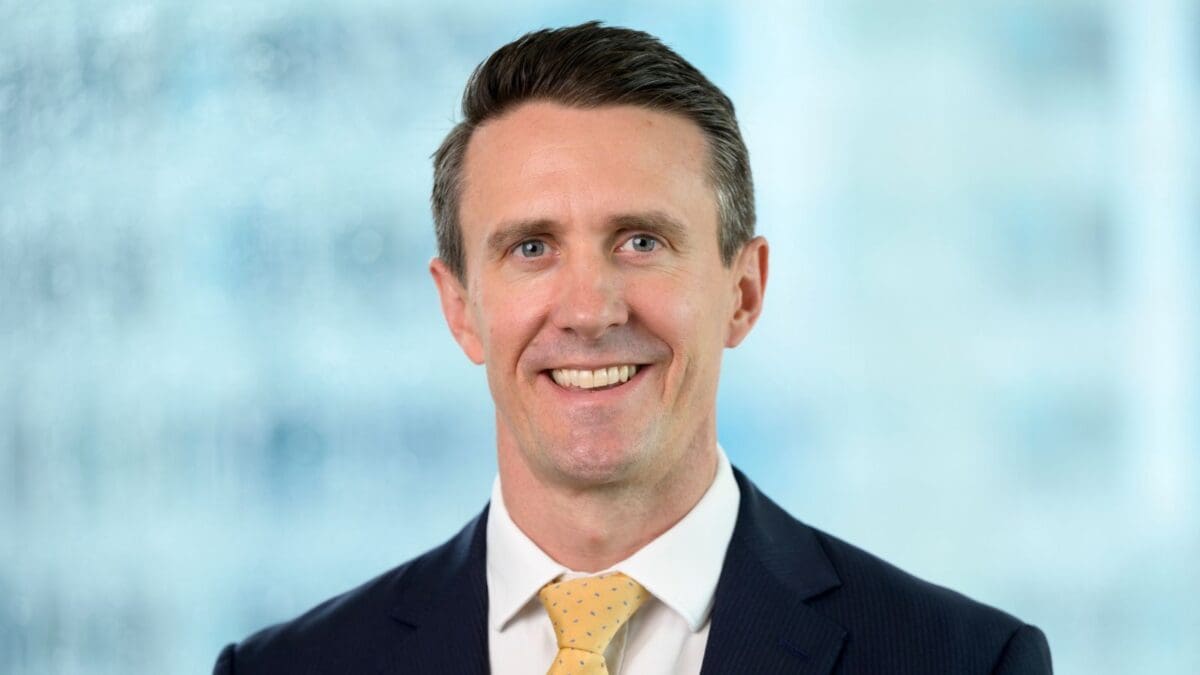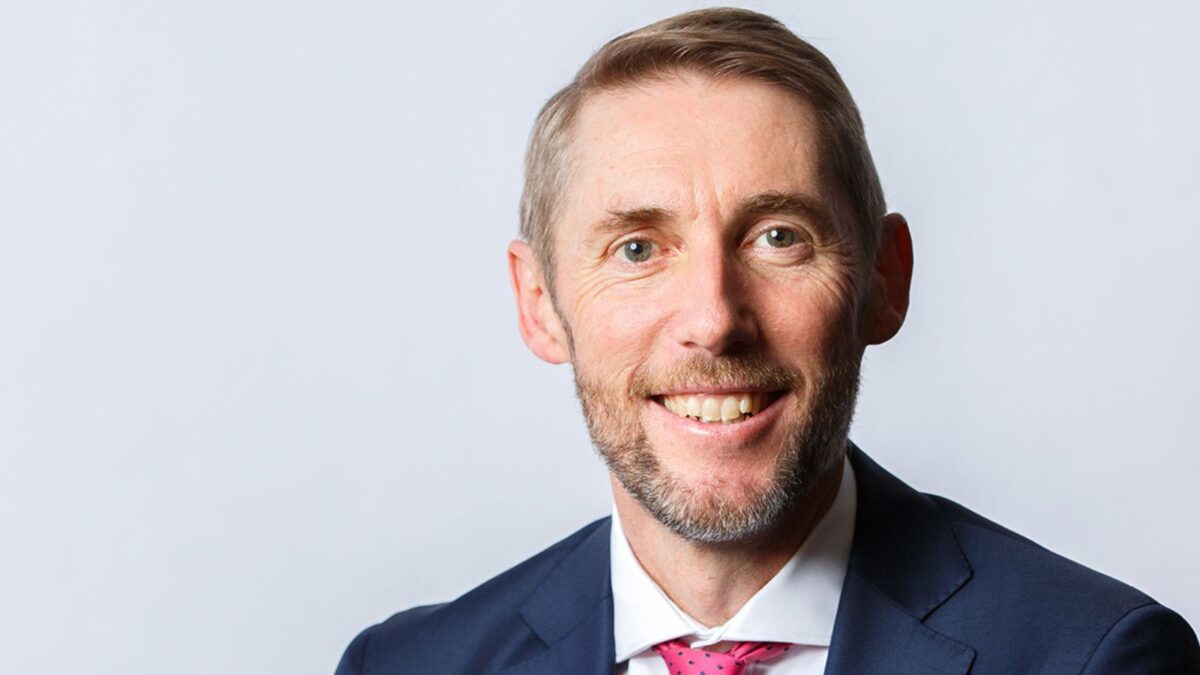Big investors demand more, more, more
An investor wish list shows how much we’re getting wrong. But it’s a long road to getting things right.
One on one, big investors are usually loathe to suggest that governments could be doing more on decarbonisation, regardless of how true – and obvious – that statement is. Allow them to comment anonymously and that changes. Morningstar’s recent survey of 12 large asset managers found that many think that government action would not only be helpful, but is vital to ensuring a low-carbon future.
“Globally, asset managers and the broader industry have already committed to addressing climate change by signing up to industry-led initiatives. Governments have been lagging and now need to align their commitments with industry,” said Grant Kennaway, Morningstar director for manager research.
“However, asset managers and their investors clearly want action on climate change. Governments also need to act. It’s the Australian way.”
The action that the 12 international asset owners surveyed desired most is a “meaningful price on carbon”, mandatory TCFD reporting, the removal of fossil fuel subsidies and the phase-out of thermal coal for electricity generation (one area in particular where Australia is a laggard). Governments need to provide “certainty and clear market signals” and support the transition through green energy infrastructure commitments; points that echo the 2021 Global Investor Statement to Governments on the Climate Crisis, which has been signed by 587 investors representing US$46 trillion.
The 12 investors surveyed said that markets required:
“Unambiguous government commitments to net zero, with appropriate timelines and interim targets… backed up by well-defined roadmaps outlining the specific policy choices and instruments that governments will pursue,” along with “…clear transition roadmaps from government and sub-government entities and meaningful commitment towards alignment and direct financing of the energy transition, involving clear capital expenditure plans.”
Australia has committed to a “technology-led” solution to climate change, but as the report finds, that solution likely won’t cut it in the eyes of investors. It hasn’t so far. Big super funds are increasingly looking offshore for their investments, particularly in infrastructure, due to lack of certainty around the policy settings that will govern the long-term value of those investments. Renewables are less attractive when the country’s government sets up a heavily-subsidised new coal-fired power plant, heavily subsidized.
The vacuum of government action has pushed many large institutional investors to develop frameworks whereby they can manage the risks of the transition themselves. The slew of investor pledges made in recent months belies the lack of data as to their efficacy, with that data shaky at best, non-existent at worst. But these pledges and organisations will also be vital for lobbying governments through “coordinated and targeted campaigns”, particularly given the apparent lack of decisive action seen at COP26.
” …[the] most important action [over the next eight years] is to engage with governments to achieve harmonized regulations for the economy as well as the financial industry,” one asset manager said.
Other advocacy should be directed at the investment industry itself, where asset managers can act as thought leaders in identifying and quantifying the scale and distribution of climate risks in portfolios and driving stronger corporate disclosure to improve climate data quality.
“Finally, there was broad consensus about the need to rapidly steer capital, especially via private equity investments: toward green solutions-low-carbon technologies, including energy efficiency solutions and renewables-and toward companies that are actively advancing the net zero transition,” the report reads. “Several responses emphasized the need to support new product development and investment strategy innovations, such as customized index solutions, low carbon funds, and catalytic private debt finance.”











